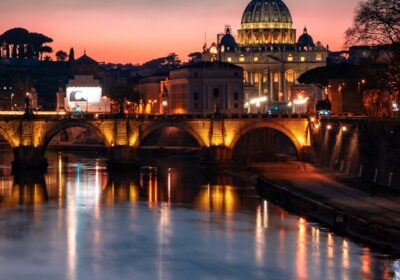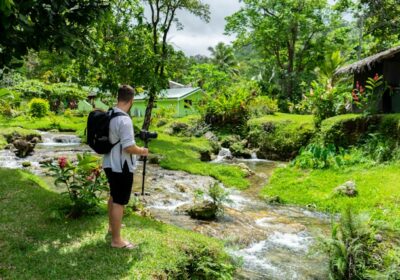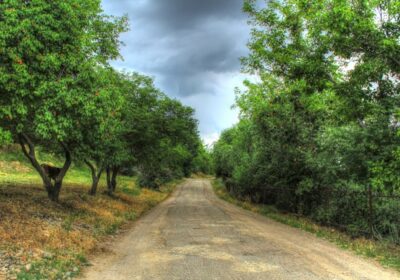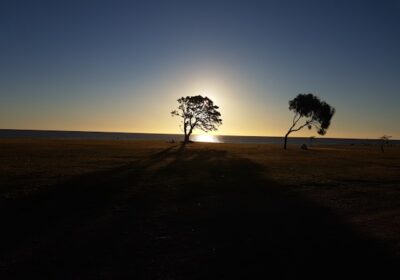Discovering the Marshall Islands: A Pacific Paradise
The Marshall Islands, a remote paradise in the central Pacific Ocean, is an archipelago of over 1,200 islands and islets. Known for its stunning coral atolls, vibrant marine life, and rich cultural heritage, the Marshall Islands offers a unique and unforgettable travel experience. Here’s an in-depth guide to exploring the Marshall Islands and its myriad attractions.
Historical Significance
Ancient Origins and Modern History
The Marshall Islands has a fascinating history that spans thousands of years.
- Early Settlements: The islands were first settled by Micronesian navigators over 2,000 years ago. The early inhabitants developed sophisticated navigation and seafaring skills, which allowed them to traverse the vast Pacific Ocean.
- Colonial Era: The islands were named after British explorer John Marshall, who visited them in 1788. Over the years, the Marshall Islands were colonized by Spain, Germany, Japan, and the United States.
- Nuclear Testing: In the mid-20th century, the Marshall Islands were used by the United States for nuclear testing. The most famous of these tests was the Castle Bravo test on Bikini Atoll in 1954, which had lasting impacts on the local population and environment.
- Independence: The Marshall Islands gained independence in 1986, becoming a sovereign nation in free association with the United States.
Natural Beauty
Pristine Atolls and Marine Life
The Marshall Islands are renowned for their pristine natural beauty and diverse marine ecosystems.
- Coral Atolls: The islands are home to 29 coral atolls, including Majuro, Kwajalein, and Bikini. These atolls feature stunning lagoons, white sandy beaches, and vibrant coral reefs.
- Marine Biodiversity: The waters surrounding the Marshall Islands are teeming with marine life, making it a paradise for divers and snorkelers. Visitors can encounter colorful coral formations, tropical fish, sharks, rays, and even shipwrecks.
Outdoor Activities
The natural beauty of the Marshall Islands provides the perfect backdrop for a variety of outdoor activities.
- Diving and Snorkeling: The clear waters and abundant marine life make diving and snorkeling popular activities. Bikini Atoll, in particular, is a world-renowned dive site, known for its sunken warships and vibrant coral reefs.
- Fishing: The Marshall Islands is a prime destination for sport fishing. Anglers can catch a variety of fish, including tuna, marlin, and wahoo.
- Kayaking and Paddleboarding: The calm lagoons are ideal for kayaking and paddleboarding, offering a peaceful way to explore the islands’ natural beauty.
Cultural Heritage
Traditional Marshallese Culture
The Marshall Islands has a rich cultural heritage that is deeply rooted in its traditional practices and customs.
- Marshallese Navigation: The Marshallese are famous for their traditional navigation skills, using stick charts and wave patterns to navigate the open ocean. This ancient knowledge is still passed down through generations.
- Weaving and Handicrafts: The islands are known for their intricate handicrafts, including woven mats, baskets, and jewelry. These crafts are made using traditional techniques and materials, such as pandanus leaves and shells.
- Dance and Music: Traditional Marshallese dance and music are important aspects of the local culture. Performances often take place during festivals and celebrations, showcasing the islands’ vibrant cultural heritage.
Festivals and Celebrations
The Marshall Islands host a variety of festivals and events that celebrate their unique culture and traditions.
- Liberation Day: This annual event commemorates the end of World War II in the Pacific and the liberation of the Marshall Islands. It features parades, cultural performances, and sporting events.
- Manit Day: Celebrated in September, Manit Day is a cultural festival that showcases traditional Marshallese customs, including dance, music, and handicrafts.
- Christmas and New Year: The holiday season is a festive time in the Marshall Islands, with communities coming together to celebrate with feasts, church services, and cultural performances.
Practical Tips for Visitors
Best Time to Visit: The best time to visit the Marshall Islands is during the dry season, from December to April, when the weather is pleasant and rainfall is minimal.
Getting There: The main gateway to the Marshall Islands is Amata Kabua International Airport in Majuro. Flights are available from several major cities in the Pacific region, including Honolulu and Guam.
Accommodation: The Marshall Islands offers a range of accommodation options, from budget guesthouses to luxury resorts. Majuro and Ebeye are the main centers with the most choices for visitors.
Currency: The official currency is the United States Dollar (USD), and major credit cards are widely accepted. It is advisable to carry some cash for small purchases and in more remote areas.
Language: Marshallese and English are the official languages. English is widely spoken, especially in tourist areas.
Respecting Local Customs: Visitors are encouraged to respect local customs and traditions. Dress modestly, especially when visiting villages and religious sites, and seek permission before taking photographs of people.
Reflection and Farewell
The Marshall Islands, with its pristine natural beauty, rich cultural heritage, and warm hospitality, offers a unique and enriching travel experience. Whether you are exploring the stunning coral atolls, diving into the vibrant marine life, or immersing yourself in the traditional Marshallese culture, the Marshall Islands promises a memorable journey.
Plan your visit to this Pacific paradise and discover the charm and beauty that make the Marshall Islands a must-visit destination.






Leave feedback about this